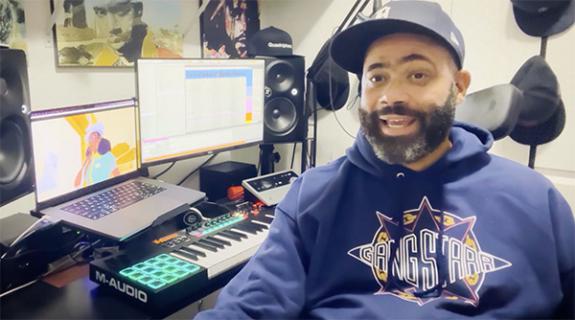The days of gathering around the living room TV with the family and watching something together are numbered. What kid wants to watch a movie with the ‘rents when Xbox awaits? How can I expect my wife to watch the Portland Trailblazers with me on NBA TV when she just discovered AMC’s Small Town Security on Netflix?
It’s a sad state of affairs all right, but a startup called Skreens Entertainment Technologies is fixing to do something about it. The company is currently crowdfunding its debut product, SkreensTV, a set-top-box-sized piece of hardware that pairs with a mobile app to help bring everyone back together again – by putting each person’s own personal content choice on the same screen… simultaneously.
With five HDMI inputs, content streaming over a gigabit Ethernet port, and its own onboard storage capabilities, SkreensTV is a hub capable of pulling together as many as six feeds at once, including videogame systems, cable, set-top boxes, Netflix, your own personal photos and videos, and more. But that’s only the beginning – the product can then project any or all of those six feeds onto your TV, dividing the screen into sections so that each one is represented. After uploading the SkreensTV app onto your tablet, smartphone or computer, you can customize viewing experience by selecting your preferred layout, window size, audio output, favorite web pages and much more. The app also turns your device into a universal remote.
The result, said SkreensTV founder Marc Todd, is that “it’s easier for people to sit in the same room and if you’re the same room… you can hear them, you can talk to them. You have the natural effect of bringing people together in that family room.”

An electrical engineer and “serial entrepreneur,” Todd founded SkreensTV in 2012 because he was tired of “flipping between channels during March Madness.” His and his family’s content needs were becoming increasingly fractured.
“I get a little bit from Netflix, from Hulu, I have cable, Xbox…it keeps going on and on,” he said. I thought, ‘how do I bring all these vertical applications into my horizontal life? I need the ability to put those things together.”
Once his new company was formed, Todd and a team of around 20 experts spent two years designing a “custom piece of silicon” for SkreensTV because available processors were not powerful enough to handle up to five different video/audio inputs plus Internet streaming, without experiencing lag. Combining the Internet and linear broadcast on one TV screen “is huge in and of itself,” said Todd, which is an excellent point. In fact, this aspect of Skreens seems like it might be the device’s most useful aspect. Though it’s advertised ability to bring multiple people around one segmented screen sounds great in theory, it’s also easy to envision a scenario in which it’s not exactly desirable to watch a movie in one corner of the screen while your kid blasts away at the latest Halo manifestation in another corner.
In terms of connectivity and interactivity around television, however, and for following the social conversation, Skreens feels like a potential godsend. It essentially removes the idea of the “second screen,” which theoretically can connect a viewer more closely with a program, but which also all-too-often fractures engagement. Skreens not only pairs the on-screen action with what would otherwise be on the second screen, it also has its own app ecosystem in which content providers may develop ever-more sophisticated ways of enabling and encouraging viewers to set aside their mobile devices and engage directly with what’s on TV.
As an example, Todd cited a sports-related scenario in which an East Coaster like himself might be watching Celtics on cable and watching a Penn State basketball game on ESPN 3 via a PC. On top of those two feeds, one could then “run a HTML app that brought in a Twitter feed of the Penn State game,” he said. “Maybe I bring up some stats from the game being posted on an app Penn State made… now they’re making a nice connection with me.” Fantasy sports players, too, of whom there are millions more with each passing year, could find SkreensTV a boon to their need to correlate every play in a given game with the statistics they desperately need for victory.

Todd sees a more harmonious world with SkreensTV, one in which “everyone in the industry [gets] more air time on the TV,” with cable and satellite companies, set-top boxes, OTT providers and good old-fashioned linear broadcast all harmoniously sharing the same pane of real estate.
“If your TV can only access a couple pieces of content,” he said, “that’s not good for anyone. [SkreensTV] is designed to help everyone in our industry.”
Tags:






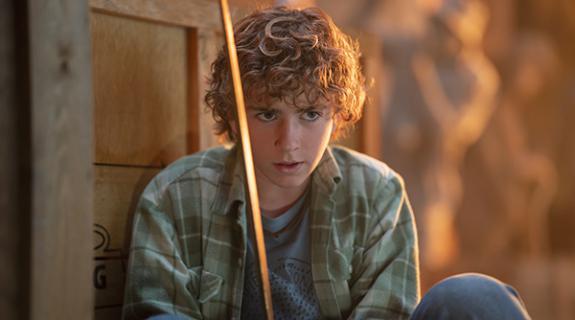

















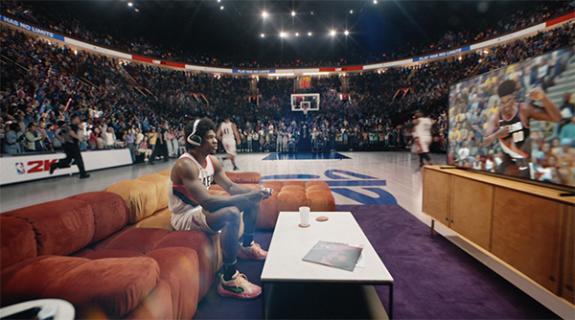
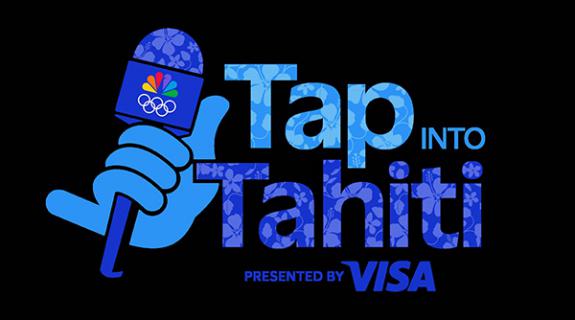


















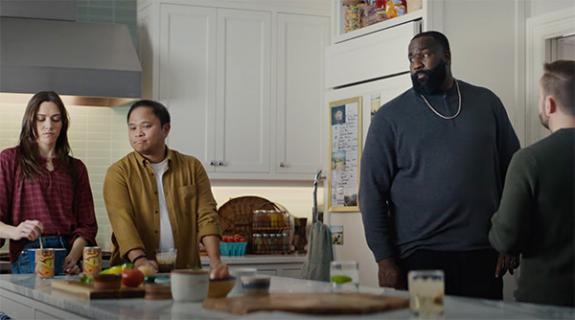
__twocolumncontent.jpg)

